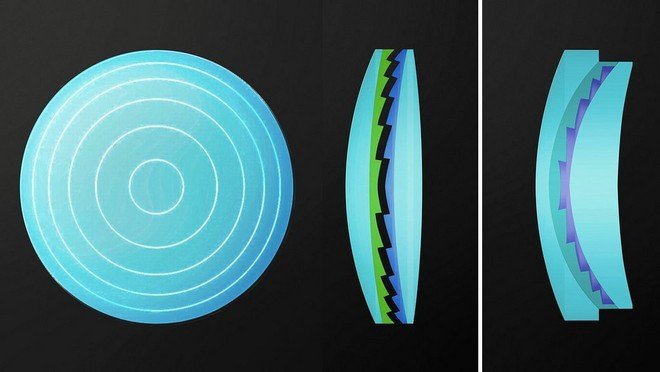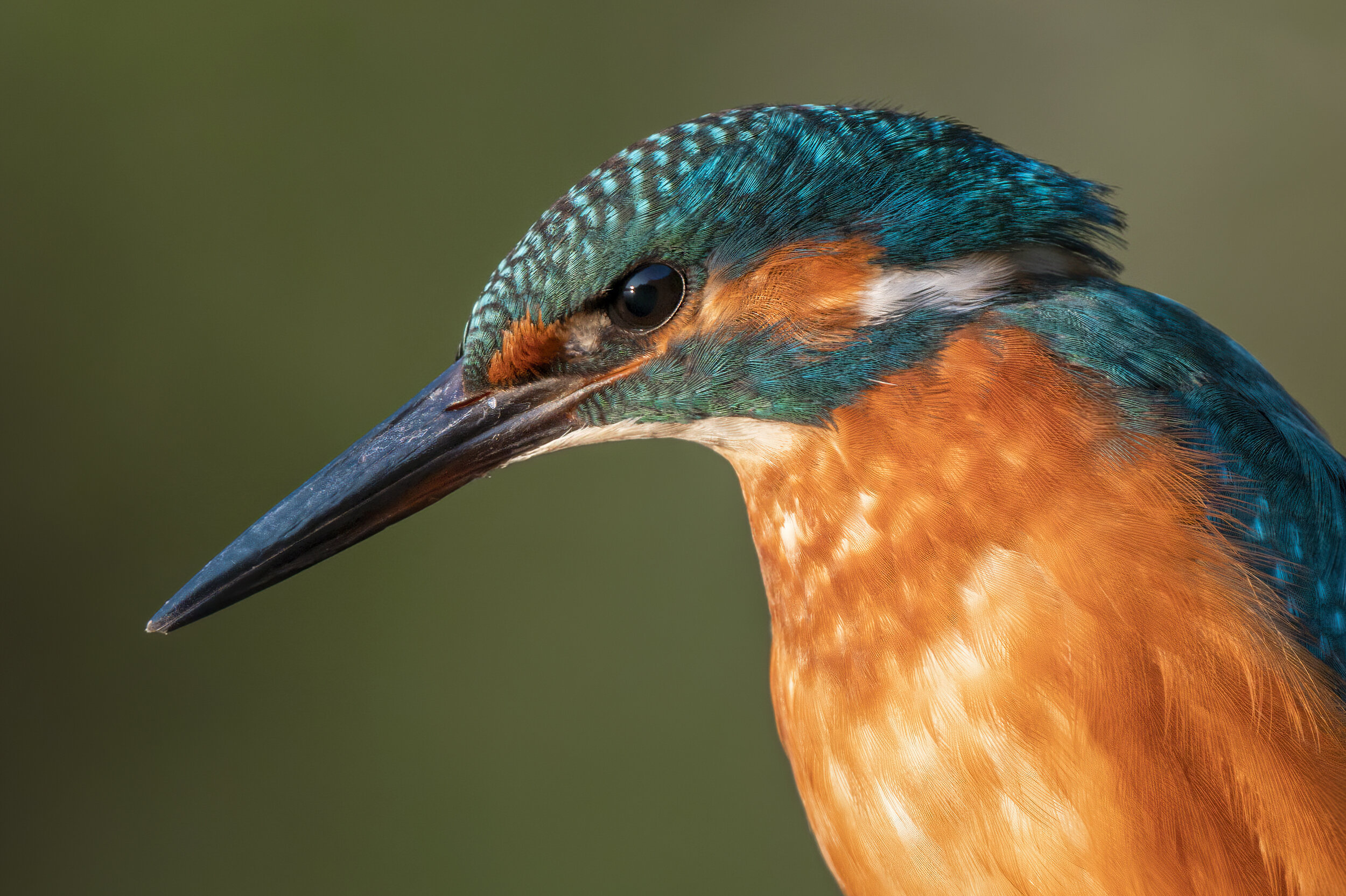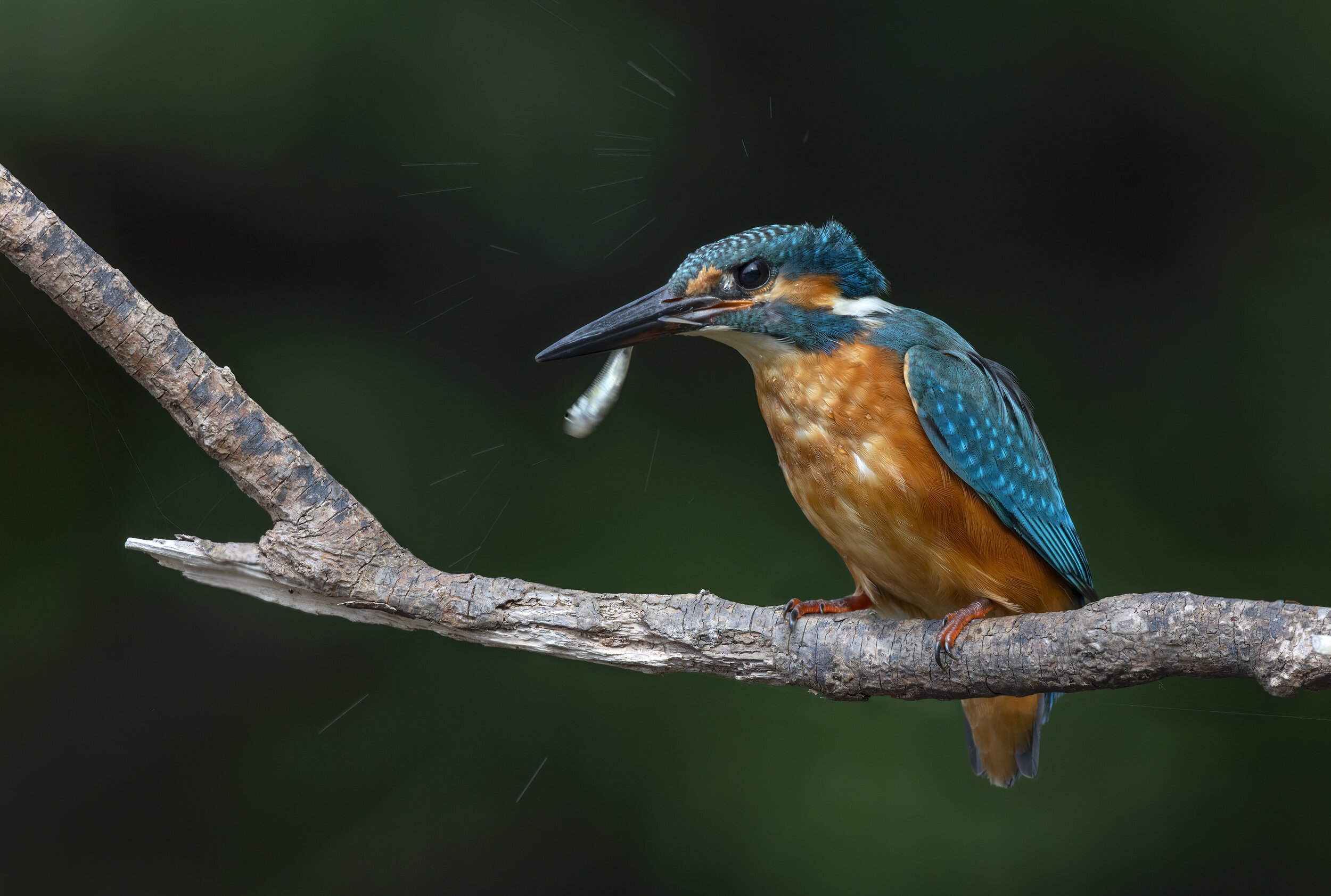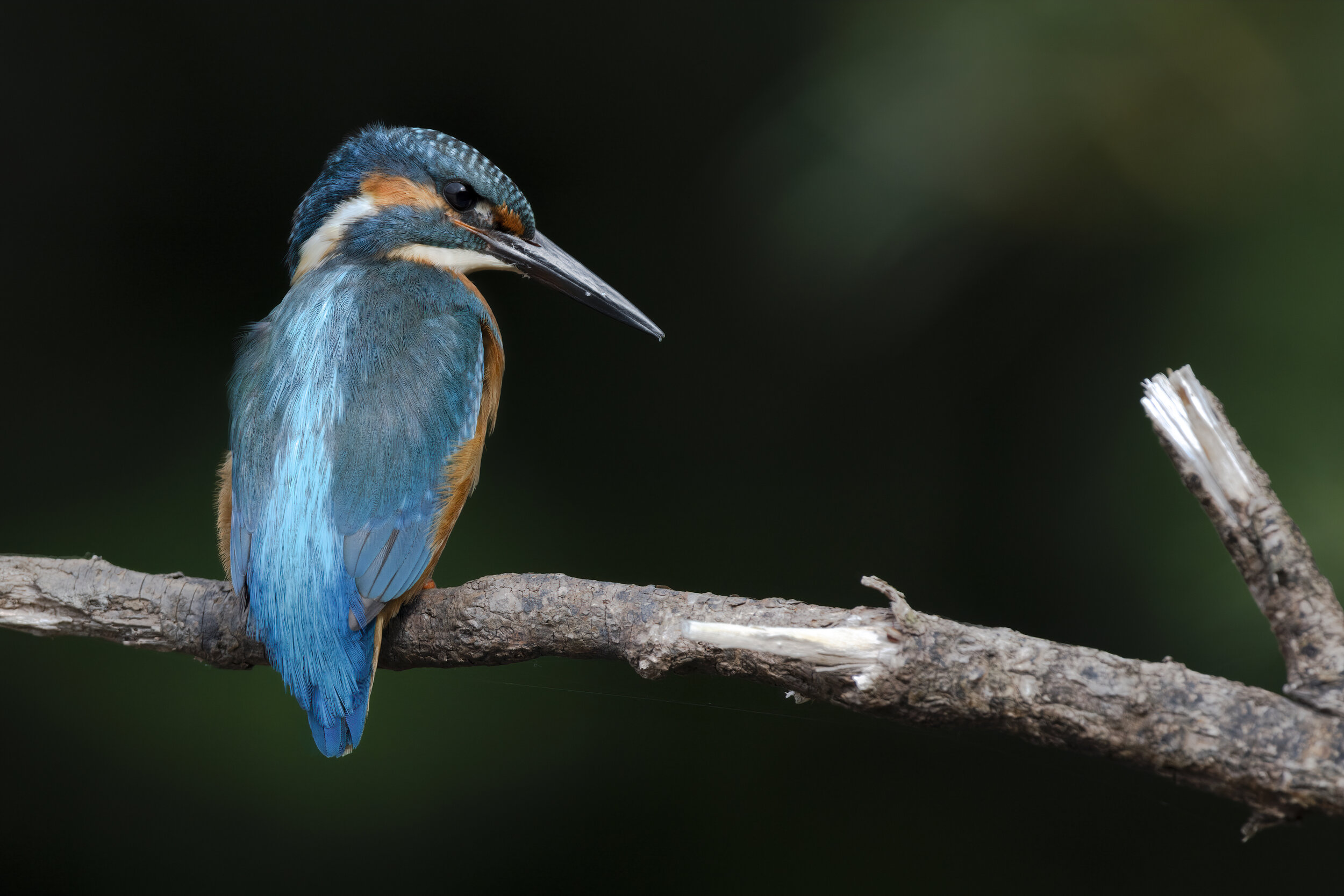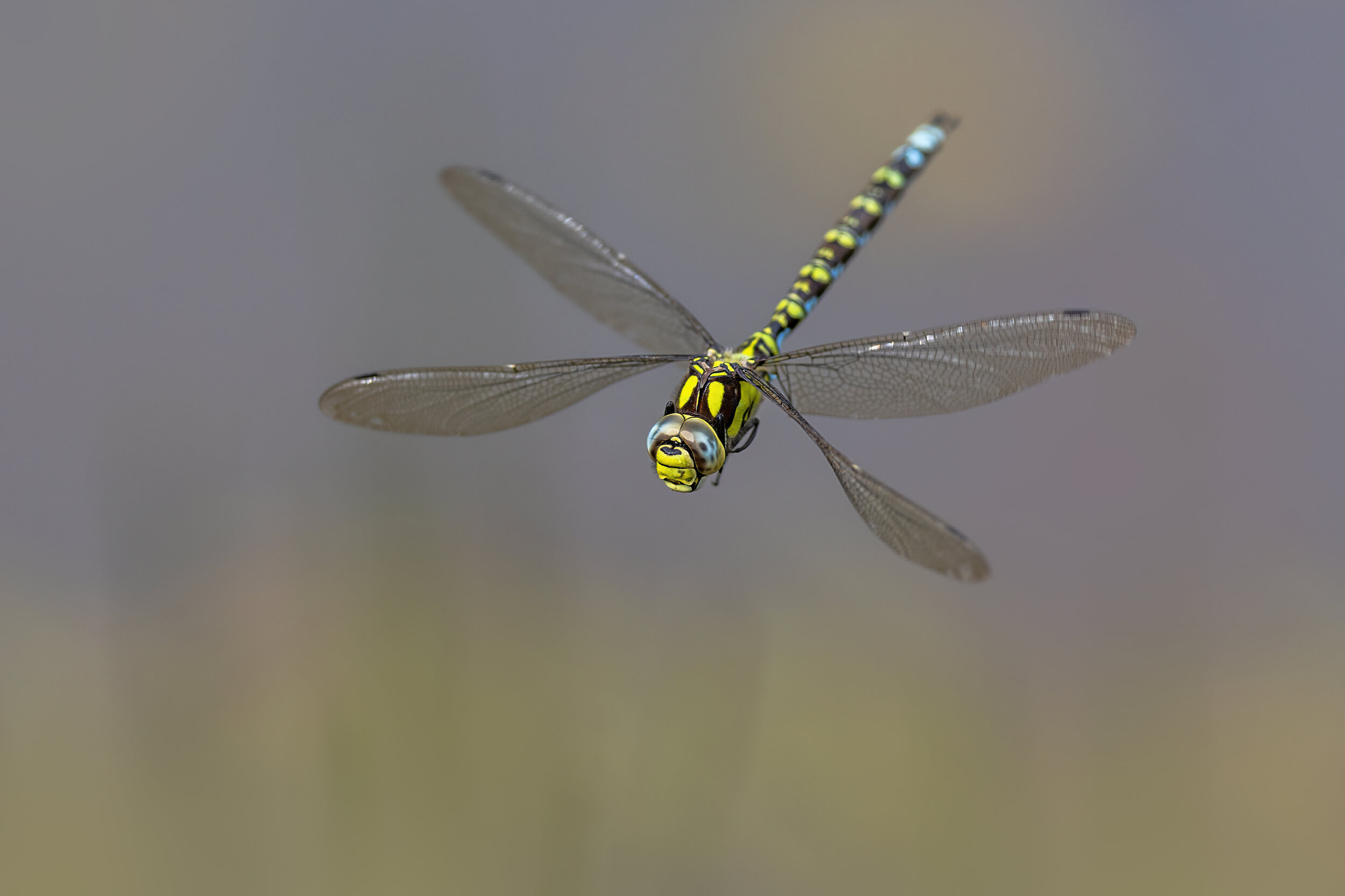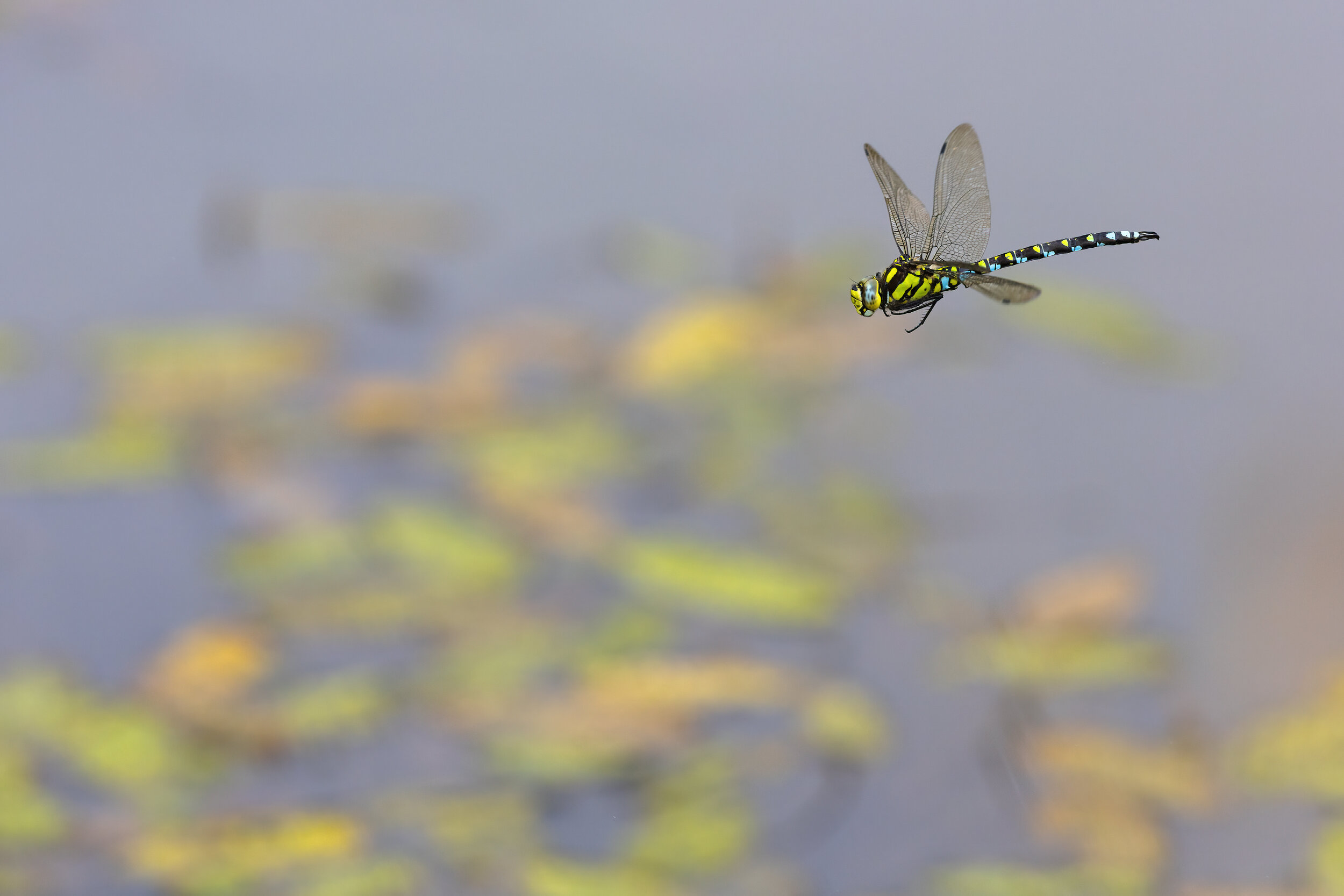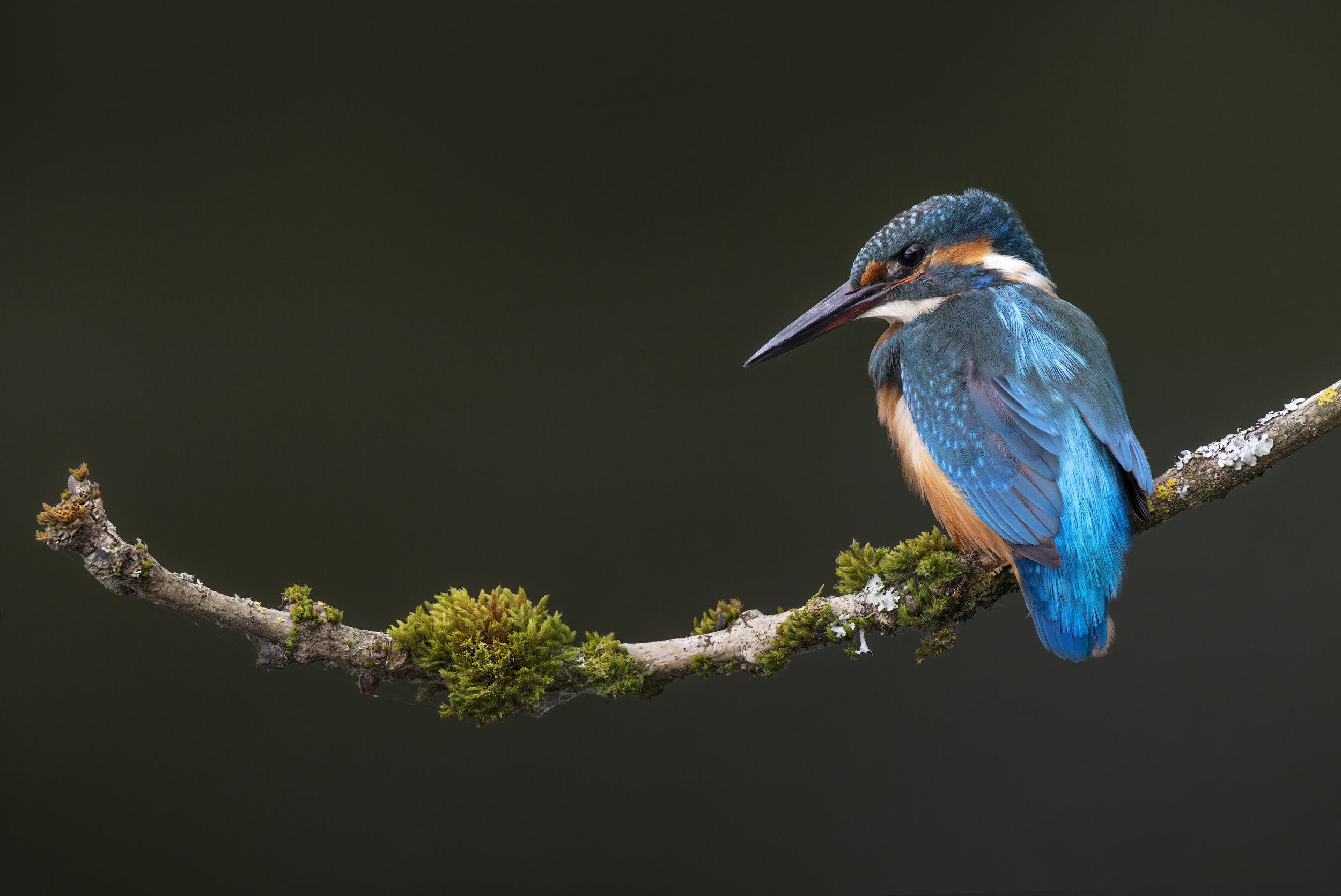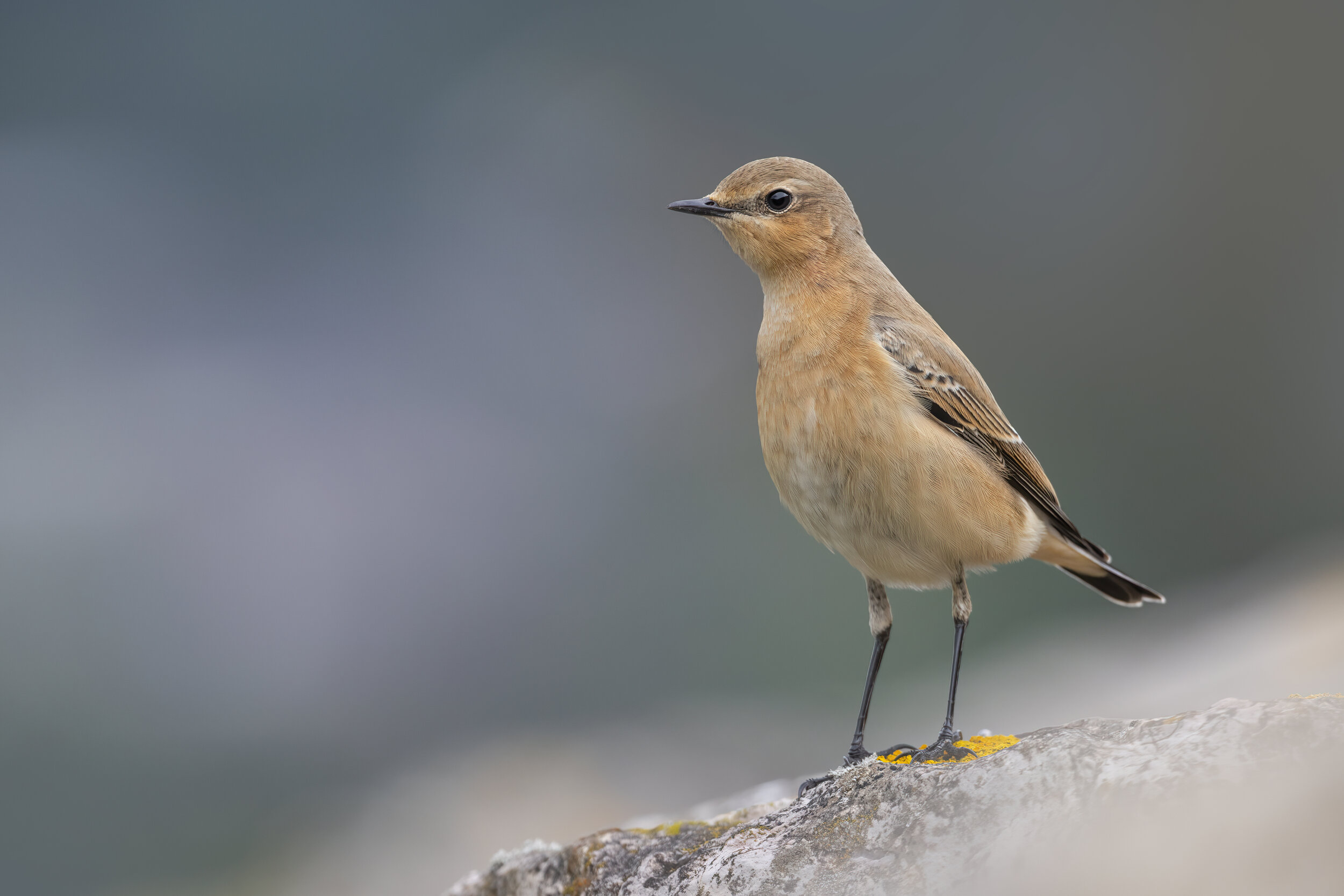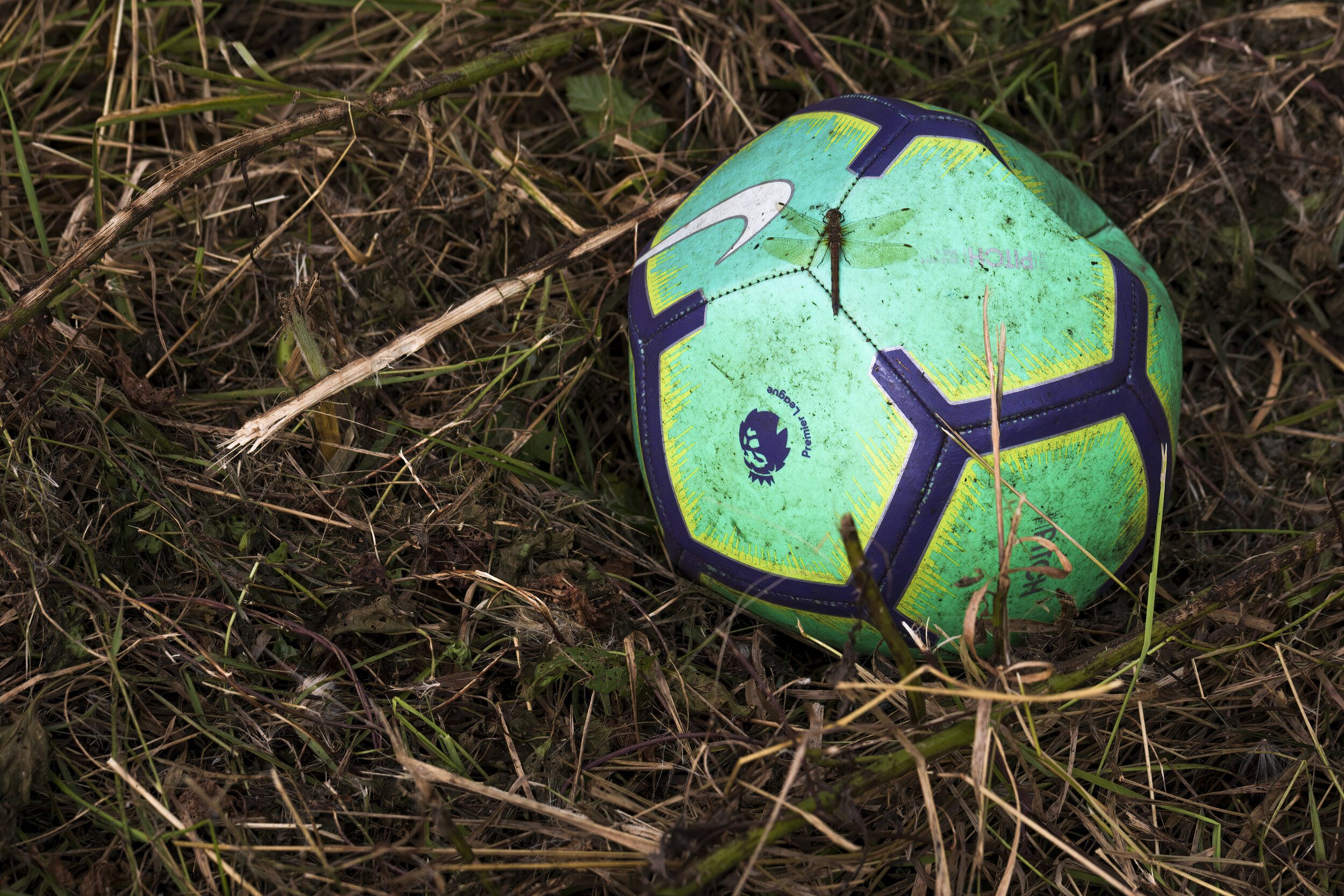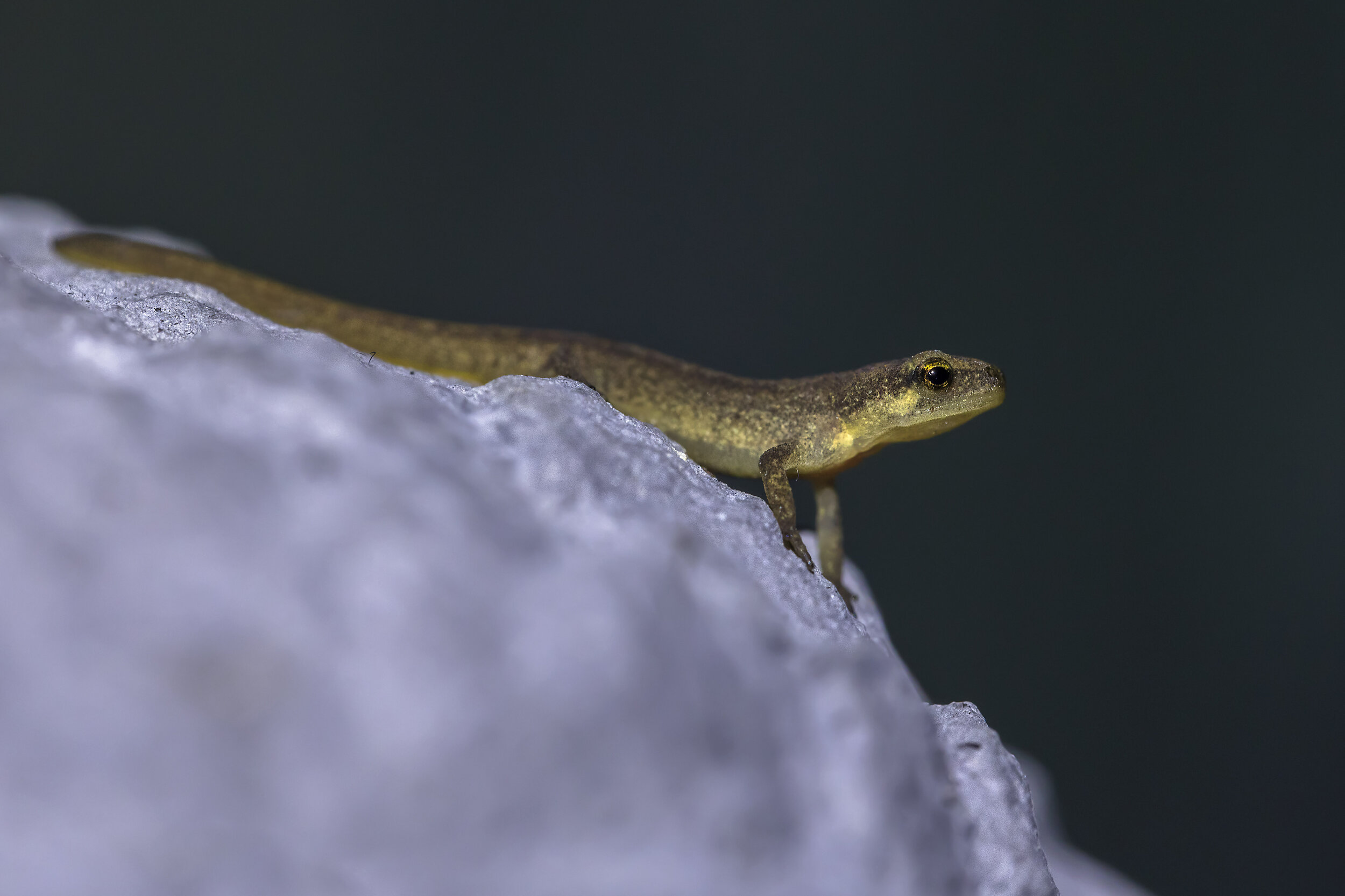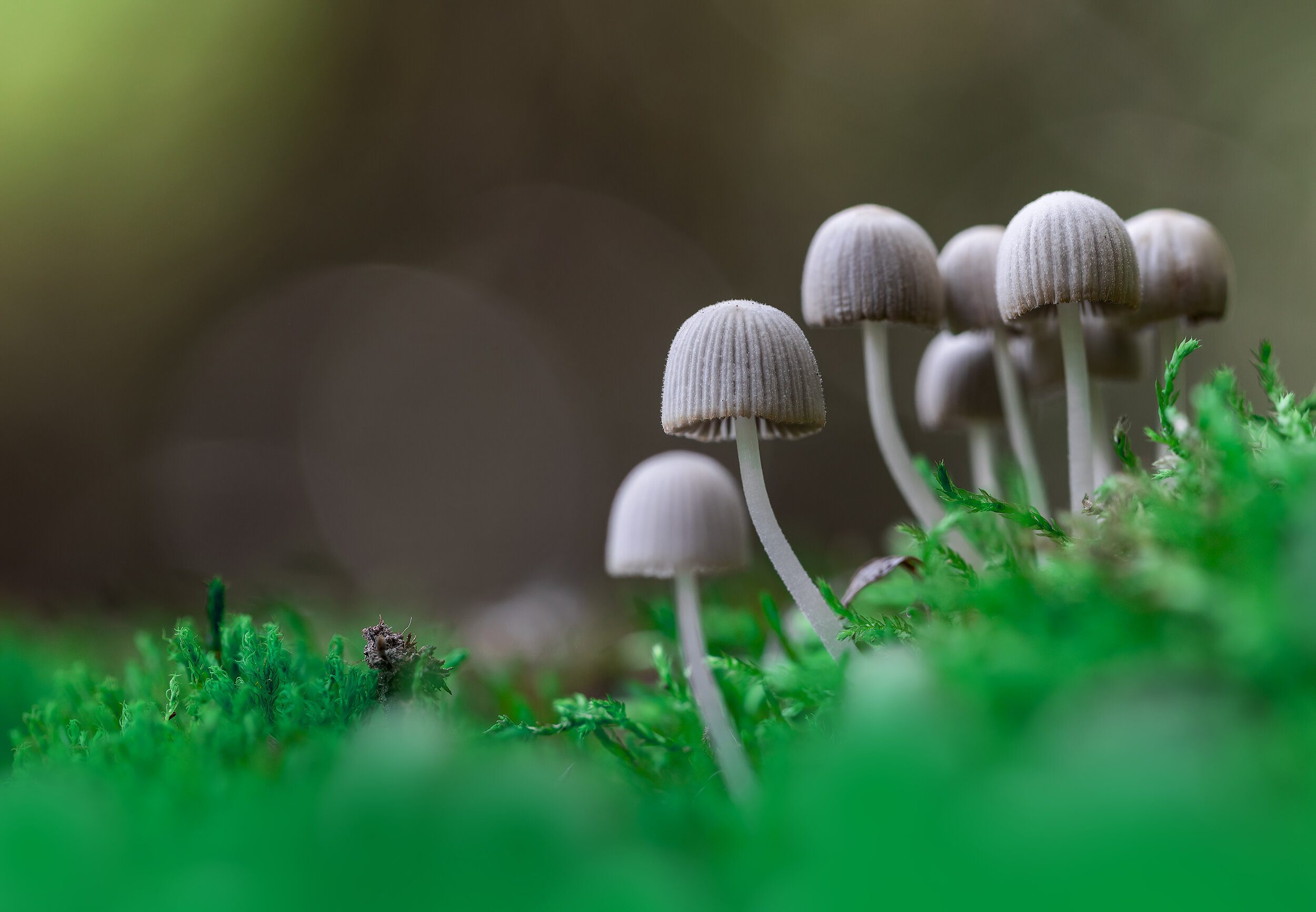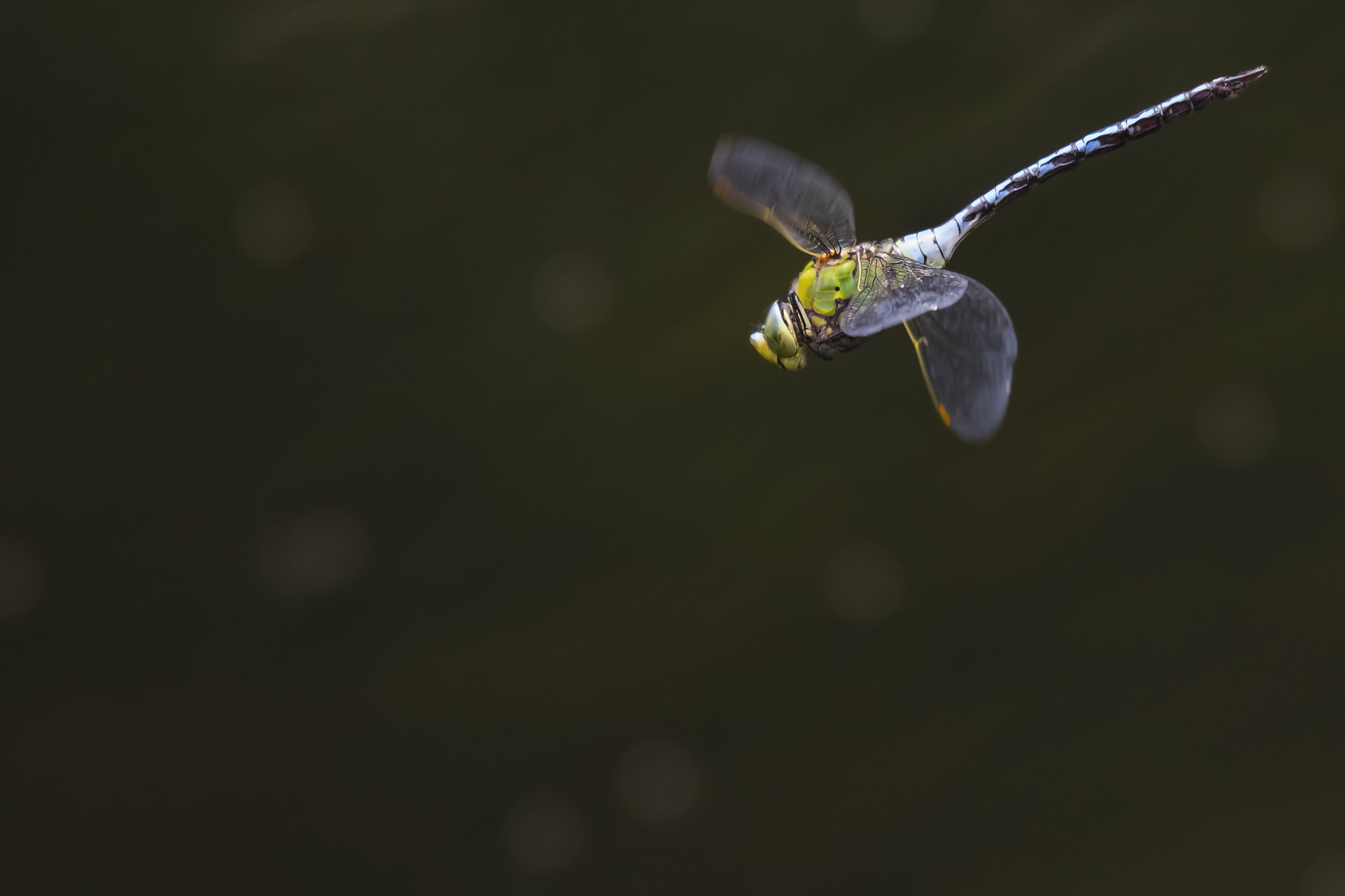Think it’s probably time I posted some more images! As always it’s been a very busy year. Working on multiple sights across Wales, bird surveys, raptor surveys, ontop of Dusk Bat surveys, so my Nightjar time this year has been limited. Currently trying to fight thru some health issues also, looking forward to getting some results back from the Doctors after bloods this week. I’ve been using the R5 extensively and recently swapped out my Canon 400 DO ii with the 300 2.8 ii, as despite the fact that the DO was a superb lens, it was missing contrast and most importantly, had some weird ‘bokeh’ which rendered the foreground and background pretty distracting in certain scenarios. It’s a shame, as the lens was super sharp and I will miss it. Once I got the 300 back I was instantly reminded about the contrast and the smooth bokeh. It put me right back to being inspired again, as there’s nothing worse than putting in all the effort, and not getting the results you envisioned. The 300 also has a very ‘collectable’ image, especially wide open, where the colours are some what muted and there is a slight vignette. You see this is some of my images below, like the Nightjar shots and the Fern. They appear dark, some would say even under exposed but this is something I couldn’t even do with the 400 as it didn’t have as good dynamic range. Odd to even use that phrase in a lens but it’s true, each lense renders shadows and highlights differently and with this 300 2.8 you get the best available to modern day optics. Talking about Optics, I’m going to write a review soon on the new Swarovski NL Pure 10x42’s in comparison to my older Gen 1 EL’s. Will explain all in the next post! For now, here’s a collection of my favourite images of the summer, mostly with the macro lens in the Garden! As i’ve been far too busy for proper photography shoots this year. One thing I hope you’ll notice is how vibrant the colours are from the R5, which overall I’m finding has a much more accurate white balance straight out of the camera than the R6 did, which always seemed to be on the warm side.





































